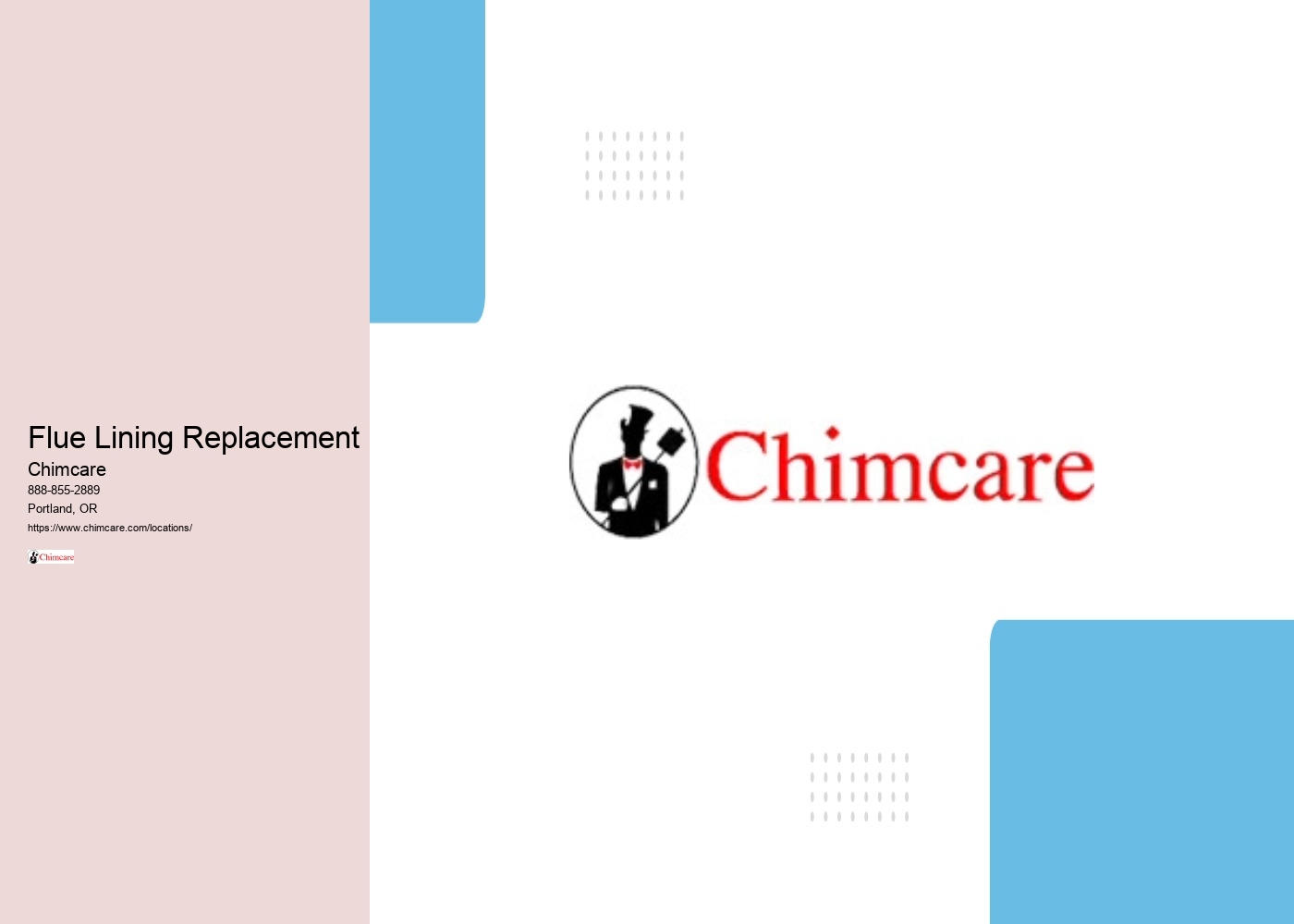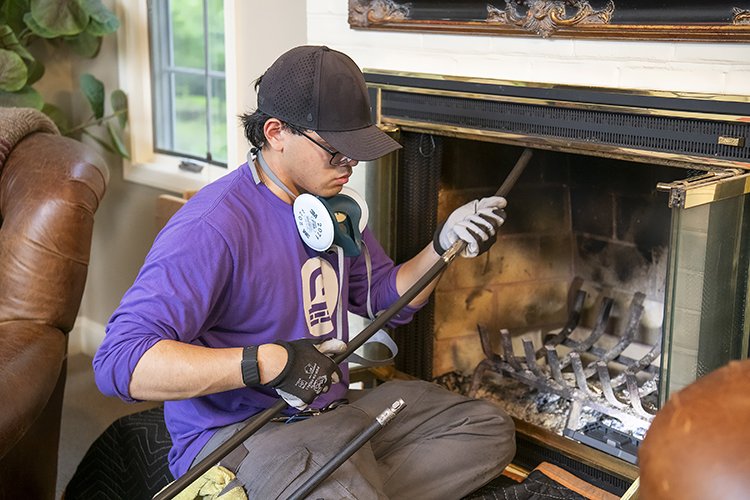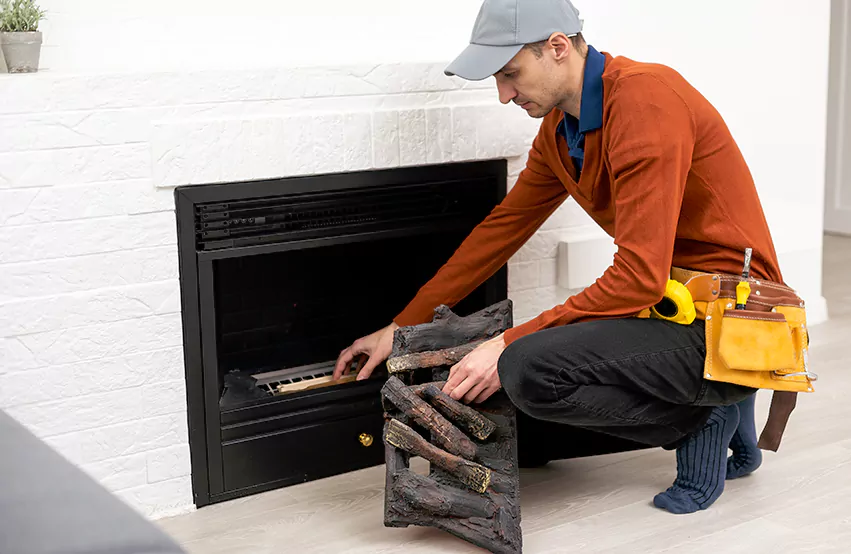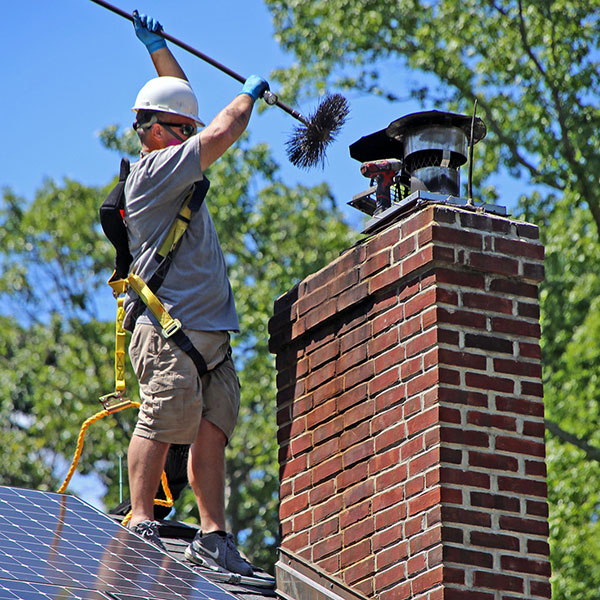

The complexities surrounding smoke draft issues warrant a thorough examination of effective correction methods. Understanding the underlying causes-ranging from inadequate air supply to suboptimal chimney design-is essential for any all-encompassing solution.
Basic techniques may provide immediate relief, but advanced strategies, such as smart ventilation systems and computational fluid dynamics, offer a deeper insight into persistent problems.
As we explore these methodologies, it becomes clear that proactive measures and routine maintenance play a critical role in sustaining a healthy environment. Yet, the question remains: how can one best implement these strategies to guarantee long-term efficacy?
Recognizing the complexities of smoke draft issues is vital for maintaining ideal ventilation in combustion systems. Smoke drafts occur when combustion gases fail to exit the system efficiently, potentially leading to negative pressure and backdrafts.
A proper balance between supply and exhaust air is required to guarantee that combustion gases are expelled efficiently. Variables such as flue size, chimney height, and environmental factors-including wind direction and temperature-play significant roles in influencing smoke draft behavior.
Effective monitoring of smoke draft conditions is critical. Regular inspections can help identify discrepancies in airflow and guarantee that all components are functioning at their best. Moreover, understanding how various materials and configurations impact smoke draft can guide operators in making informed adjustments.
Several factors can contribute to the occurrence of smoke drafts in combustion systems. One primary cause is inadequate combustion air supply. Insufficient airflow can result from blockages in ducts, improperly sized air intakes, or malfunctioning fans, leading to incomplete combustion and smoke release.
Another significant factor is chimney design and condition. A chimney that is too short, improperly angled, or obstructed can disrupt the draft, causing smoke to spill back into the living space. Additionally, temperature differentials between the inside and outside of the chimney can affect performance, particularly in colder climates.
Moreover, the type and quality of fuel used can influence smoke production. Fuels with high moisture content or impurities can lead to increased smoke generation, exacerbating draft issues. Finally, neglected systems may develop soot buildup or mechanical failures that hinder effective smoke management.

Effective correction techniques for smoke drafts focus on addressing the root causes identified in previous assessments. One fundamental approach is to guarantee proper sealing of all potential air leaks within the chimney and surrounding structures.
Another essential technique is to maintain adequate flue size and configuration. Confirming that the chimney is appropriately sized for the appliance can facilitate peak draft performance, preventing smoke from backing up into living spaces.
Lastly, educating users about the proper operation of their heating appliances is fundamental. Confirming that dampers are fully open during use and that fuel sources are dry and suitable can further mitigate smoke draft problems, leading to a safer and more efficient heating environment.
How can advanced solutions enhance the management of draft problems? Modern technologies and innovative techniques offer considerable improvements in addressing draft issues effectively. One such solution is the integration of smart ventilation systems that utilize sensors to monitor air quality and draft levels in real-time.
Additionally, the use of advanced materials, such as aerogel or insulated panels, can greatly reduce heat loss and drafts. These materials create a more stable thermal environment, minimizing the impact of external weather conditions on indoor spaces.
Moreover, computational fluid dynamics (CFD) modeling allows for precise analysis of airflow patterns within a building. By simulating various scenarios, engineers can identify potential draft sources and devise targeted interventions to improve overall draft management.

Implementing preventative measures can considerably reduce the likelihood of future draft issues, thereby enhancing overall indoor comfort and energy efficiency. One of the most effective strategies is to conduct regular inspections of windows, doors, and other potential entry points for air leaks.
Additionally, maintaining your HVAC system is vital. Regular servicing and filter replacements not only improve system efficiency but also help identify any underlying issues that could contribute to drafts. Insulating attics, basements, and walls can further reduce the risk of drafts by minimizing temperature fluctuations within your living space.
Educating occupants about proper ventilation practices is paramount. Encouraging the use of exhaust fans during cooking or showering can help manage humidity levels, thereby preventing condensation and related draft problems. Finally, consider implementing energy-efficient windows and doors, which are designed to minimize air leakage.
Although many draft issues can be addressed through DIY methods, there are situations where seeking professional help becomes vital. If you find persistent draft problems despite trying various corrective measures, it may indicate underlying structural issues that require expert attention.
Additionally, if you experience significant fluctuations in indoor air quality or notice unusual odors accompanying drafts, it is important to consult a professional. Such symptoms could signify problems with your ventilation system or the potential presence of hazardous materials like carbon monoxide.
Homeowners should also seek assistance when drafts originate from complex areas, such as chimneys or flues, where improper sealing can lead to severe safety risks. Professionals are equipped with specialized tools and knowledge to assess and rectify these challenges accurately.

Untreated smoke drafts can lead to a multitude of long-term effects, including significant indoor air quality deterioration. Prolonged exposure to smoke can result in respiratory issues, exacerbating conditions like asthma or chronic bronchitis. Moreover, persistent smoke infiltration may cause structural damage to buildings, as moisture and pollutants accumulate. Additionally, the presence of smoke can contribute to unpleasant odors and negatively impact occupant comfort and health, ultimately diminishing property value.
Repointing can greatly enhance a structure's energy efficiency. By repairing the mortar joints, it reduces air leaks and helps maintain consistent temperatures within the building. This process not only minimizes drafts but also contributes to better heat retention, ultimately leading to lower energy costs. Additionally, repointing safeguards against moisture infiltration, which can cause further damage over time. Thus, investing in repointing can be a prudent choice for improving overall energy efficiency.
Using a fireplace with a damaged chimney is highly discouraged due to significant safety risks. A compromised chimney can lead to improper venting of smoke and harmful gases, increasing the likelihood of fire hazards and carbon monoxide poisoning. It is essential to have any damage assessed and repaired by a qualified professional before utilizing the fireplace. Prioritizing safety and compliance with local building codes is critical in maintaining a secure home environment.